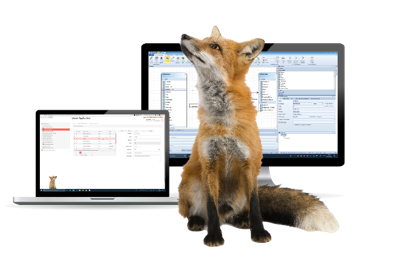The OpenEdge Modernization Framework for Desktop, Web and Mobile!
The SmartComponent Library is the developer’s framework for OpenEdge on the Desktop, the Web and Mobile. The framework was designed to meet the demands of the classic ABL developer as well as object-oriented purists. The framework provides the architecture required to build modern, future proof applications today and facilitates integration with and modernization of existing OpenEdge applications.
Data and application logic is equally consumed by our own frontend technology, partner frontends and service consumers (REST, RESTful, SOAP, JMS, …). User interfaces can be designed depending on specific requirements either using our user own user interface repository and WYSIWYG based tooling or with the native tools for the target platform (e.g. OpenEdge GUI for .NET, Angular or NativeScript) - and of course a mix of both.
The SmartComponent Library is based on the OpenEdge Reference Architecture (OERA) and was the first framework to implement the Common Component Specification (CCS) thus allowing the flexible reuse of business logic in any kind of user interface or consumer, facilitating and improving the capabilities of the object-oriented ABL.
The framework is successfully used by developers in teams of literally any size – from single developer projects to multi-national distributed developer teams. It provides rich functionality both at design time and at runtime and allows integration with existing frameworks while providing flexible customization options. Together with our partners around the globe we are supporting customers in all aspects of application development.

Latest features include:
- Dynamic Tables – allowing the end user to extend the data schema and services provided by the Application are runtime and to design user interface components on the fly.
- Status based workflows – allowing the definition of workflows known from DMS systems or task management applications like JIRA. The workflows controls allowed status transition and can trigger functionality on either the backend or the user interface as needed.
- User authentication based on social authentication providers such as Microsoft Office 365, Google, facebook or the like. Social authentication providers combine user-friendliness as well as increased security.